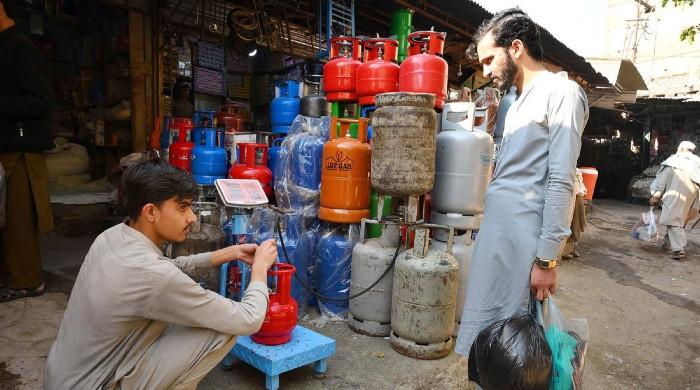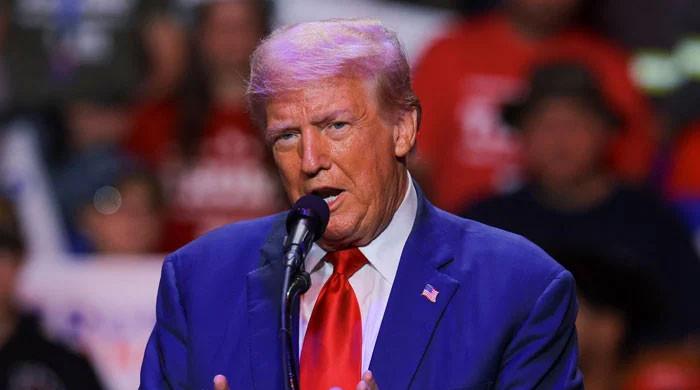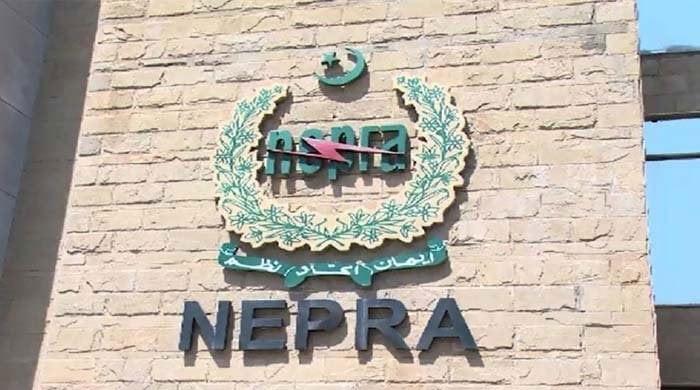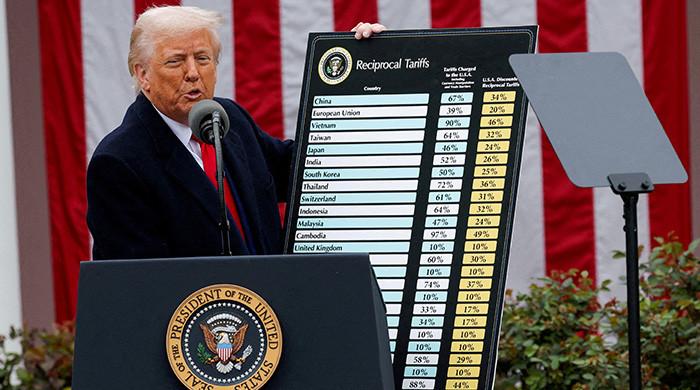Pakistan, Saudi Arabia ink agreement to finance $1bn oil derivatives
Pact is an extension of previously signed agreements in 2019 and 2021 valued at $4.44 billion
January 12, 2023
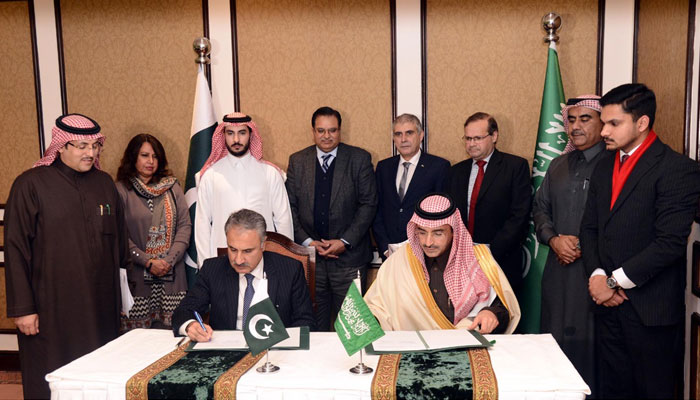
- Agreement inked through Saudi Fund for Development.
- It is an extension of previously signed agreements in 2019 and 2021.
- Saudi Arabia is also planning to increase Pakistan's deposit to $5bn.
Pakistan and the Kingdom of Saudi Arabia inked an agreement on Thursday to finance oil derivatives worth $1 billion, Economic Affairs Ministry confirmed.
The development comes amid news reports that Saudi Arabia is augmenting plans to increase the amount of investment and deposit in cash-strapped Pakistan which is struggling with a worsening currency crisis.
According to an official statement, the agreement was inked by Economic Affairs Secretary Dr Kazem Niaz, and Saudi Fund for Development (SFD) Chief Executive Officer (CEO) Sultan bin Abdulrahman Al-Murshed.
Dr Niaz, speaking on the occasion, revealed that the pact was an extension of previously signed agreements in 2019 and 2021 valued at $4.44 billion to finance oil derivatives in Pakistan.
Since its establishment, he said, the SFD had supported more than 40 projects and programmes in different development sectors valued at approximately $1.4 billion.
‘All the programmes were aimed at helping the country achieve its sustainable development goals and build a prosperous future,” he added.
For his part, SFD CEO said that the agreement emphasised the Kingdom of Saudi Arabia’s commitment to continue supporting the brotherly Islamic Republic of Pakistan.
Saudi Arabia mulls increasing Pakistan deposit
Islamabad's efforts to shore up the country's forex reserves with the help of Saudi Arabia — amid a worsening currency crisis — have started paying off as Riyadh is considering 'beefing up' its deposit in the State Bank of Pakistan (SBP) from $3 billion to $5 billion.
According to Saudi media, Crown Prince Mohammad Bin Salman earlier this week directed his financial officials to study increasing the Pakistan deposit by $2 billion.
The development came after the Saudi crown prince's meeting with Chief of Army Staff General Asim Munir, who was on his first overseas official visit to the kingdom.
Last month, the SFD extended its term for the $3 billion deposit in the SBP which was set to mature on December 5.
The SBP had signed an agreement with the SFD in November 2022 to receive $3 billion, to be placed in the central bank’s account with an aim to improve its foreign exchange reserves.
— Additional input from APP





